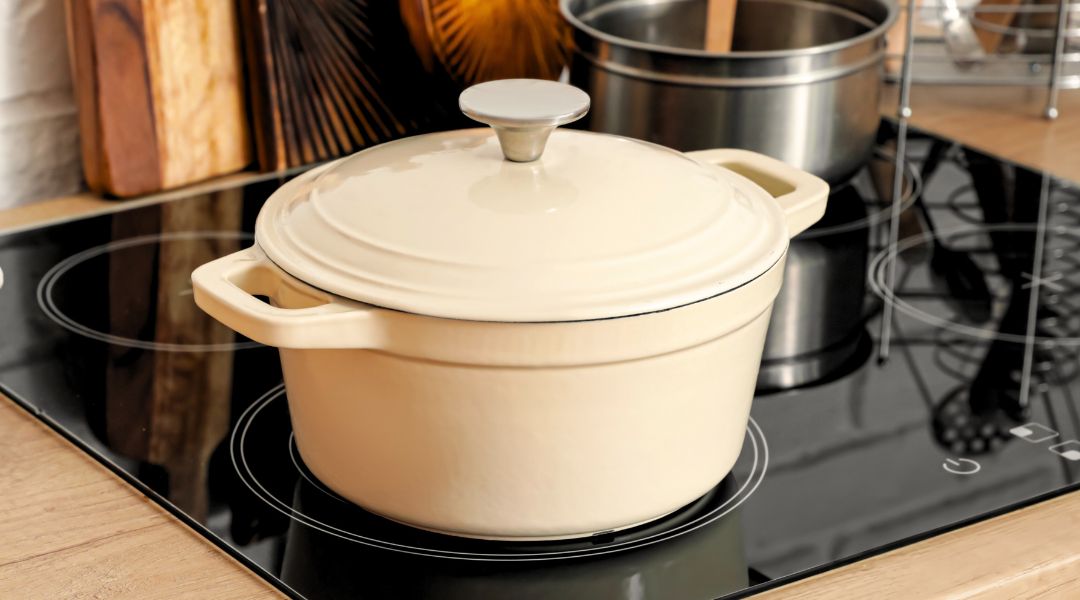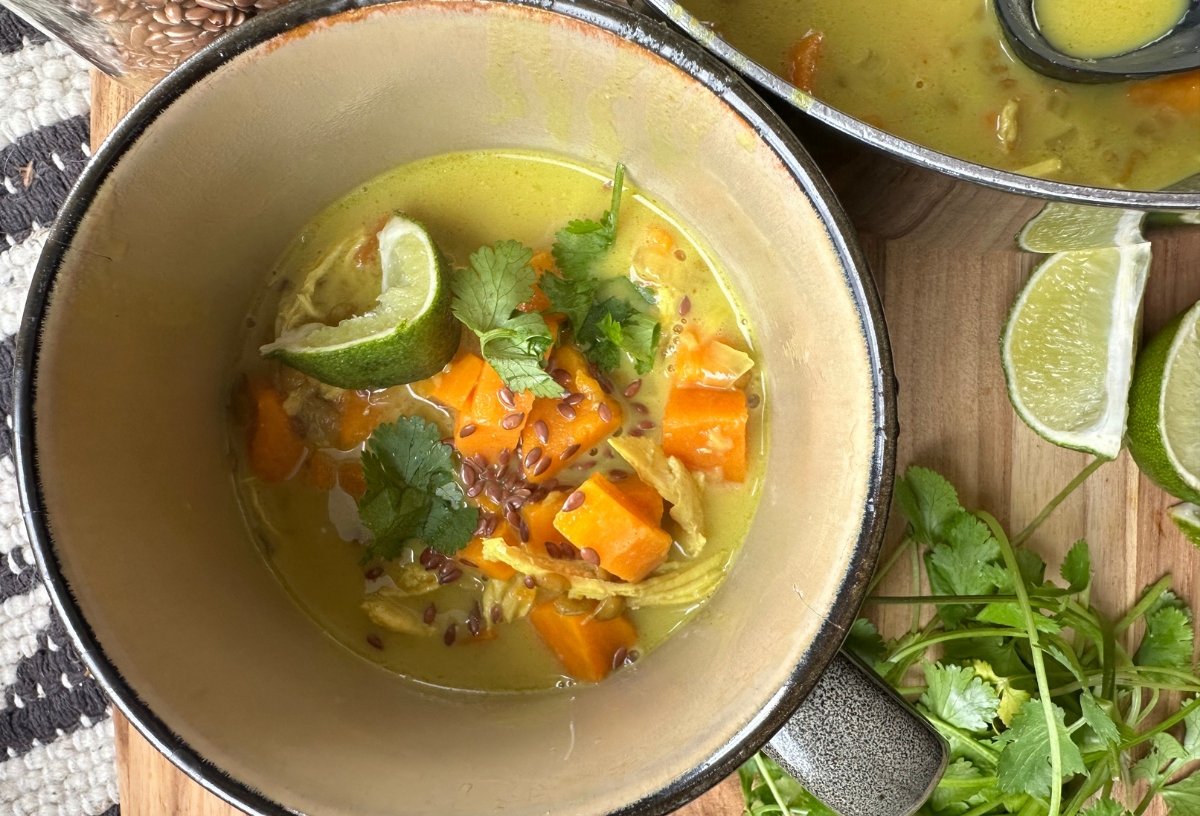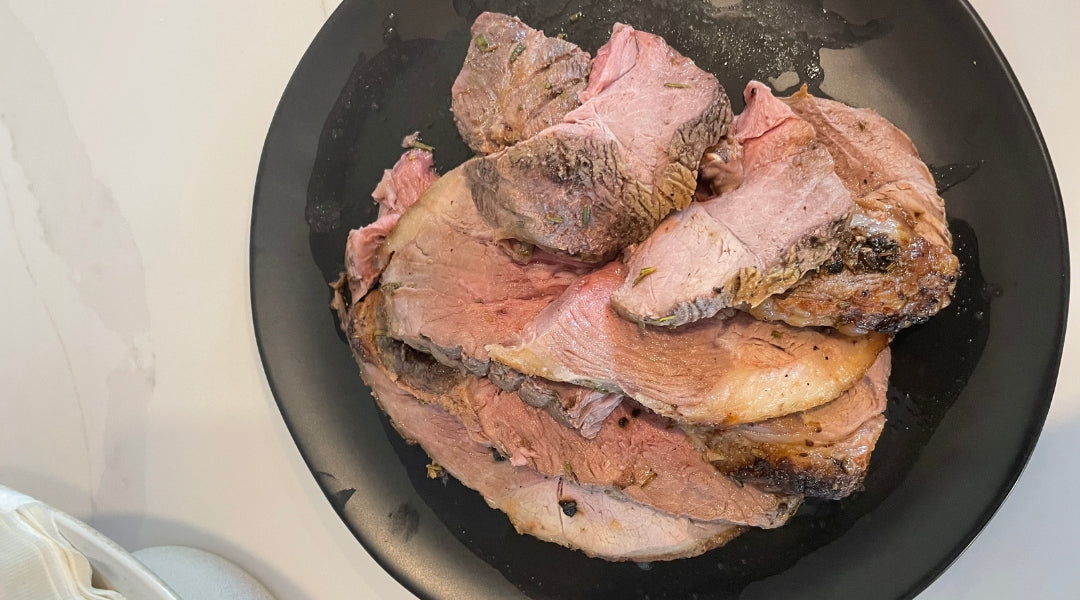What Your Food Labels Should Be Telling You

Anyone concerned about the sourcing of their food has felt the frustration of label confusion. And the meat aisle is a particularly crowded space. In a large grocery store—to say nothing of all the e-commerce shops—there are dozens of brands and most of them are making the same claims. Hormone free, antibiotic free, grass-fed, gluten free, all natural—to name a few. Which begs the question: If they all say the same thing, does it really matter which you pick?
As a vegetarian-turned-conscientious-omnivore who works for a sustainable livestock farmers’ cooperative, obviously I’m going to say “yes, yes, a thousand times yes.” But we all have different values for what we consume, and label reading helps you makes decisions that fit in with your specific standards.
So, in a cooler full of labels, how do you figure out which works best for you? Know how to decipher the code. Here are a few things I’ve learned since re-joining my carnivorous ranks.
Any packaged meat sold in a store—brick-and-mortar or online shop—has be be processed in a USDA-inspected facility and must meet their labeling requirements. These regulations can give us a framework for understanding the contents of the package, but unfortunately these claims aren’t always black and white. In fact, there are a lot of brands adding a lot of color—visually and verbally—to make their product seem the most attractive. Here are a few facts to keep in mind when sorting through all that text.
All pork and chicken is growth hormone free. U.S. law prohibits producers from adding hormones to chicken and pork feed. So labels making this claim aren’t really differentiating themselves. (Read more here.)
Organic meat can be raised in a feedlot. When it comes to livestock, most of the organic standards—which are product of the USDA—refer to the feed. Living conditions are variable, and an animal need only have “access” to the outdoors. (Read more here.)
Organic meat doesn’t have added hormones or any antibiotics. Any label that makes all three claims is trying to crowd out it’s competitors.
“Free range” chickens can be raised in crowded houses. Free-range chicken only needs to have “access” to the outdoors to qualify for this label claim. Many larger-scale poultry operations raising hundreds or thousands of birds in a single structure can qualify for this claim by putting a hole in the side of their building. There is a big difference between free range vs pasture raised chicken (Read the standard here.)
Feedlot beef can still be “grass fed.” In 2016, the AMS— a branch of the USDA—withdrew their grass-fed verification standards. This means that the U.S. government no longer verifies this claim, so any cow that’s eaten any amount of grass—which is just about every cow ever—can be called “grass fed.” There are no rules about living space, grain consumption, etc. (Read more here.)
Beef and pork no longer require a country of origin label. As of February of 2016, beef and pork can be imported into the U.S.—from countries with different food-safety and animal-welfare standards—and the company selling the meat doesn’t have to tell you where it comes from. (Read more here.)
Frustrated? Chin up. There’s a lot you can learn from what is—or is not—on your label. Third party certifications—like USDA Organic, Non-GMO Project, and Animal Welfare Approved—do authenticate certain sets of standards that may match with your values. But, more than likely, there is no one certification that is perfectly customized to your eating principles.
So, what do you do if you have other concerns— like environmental impact, food safety, or farmer welfare? Dig a bit deeper. Is there a specific farm of origin named on the label? If not, Google the brand, read their mission statement, look for information about their farms. Are they willing to publish their animal husbandry standards? Do their website and social media feeds show you photos of farms? Does their content match up with their values and your own?
It may be a bit more work on the front end to research the standards of a particular brand, but—if food issues are important to you—a little time on the www is worth the satisfaction of finding foods you can trust. It will also make future shopping sprees much more efficient.
Here’s the label of the cooperative I work for, a group of folks trying to do things a bit differently. Grass Roots focuses on making it easy for you find all the information you want— about about our farms, our animals, our processor, or anything else—so that it’s simpler for you to figure out if our meats fit with your personal food values. And that access to information starts with our label. Because of USDA regulations—and the lack of space—we can’t cram everything we have to say on our package, but we’re always working to improve. Right now, here’s what you do see when you pick up a package.
Yes, our meats are grass fed, hormone free, pasture raised, and GMO free. But our commitment to transparency and responsible farming goes beyond those claims. All our livestock standards are published on our website as are farmer bios and photographs. And we use our social media feeds to give you even more detail about our farms and our foods. It’s hard to capture all that in a couple of inches, but we try to point you in the right direction.
A good label allows you to make choices you’re comfortable with, but a package is really just a starting point. If, like I am, you are truly passionate about conscientious carnivorism—or even just a mildly concerned citizen—you need to look beyond superficial stickers to find foods you trust. But you shouldn’t have to dig too deep. Chances are, If you’re having trouble getting answers, they aren’t ones you want to hear.
Recent Posts



 Tender and succulent, it's the perfect centerpiece for any holiday feast, elevating your meal with its exquisite taste and elegant presentation. Delight your guests with this sophisticated dish, sure to leave them craving more of its indulgent perfection.
Tender and succulent, it's the perfect centerpiece for any holiday feast, elevating your meal with its exquisite taste and elegant presentation. Delight your guests with this sophisticated dish, sure to leave them craving more of its indulgent perfection.



